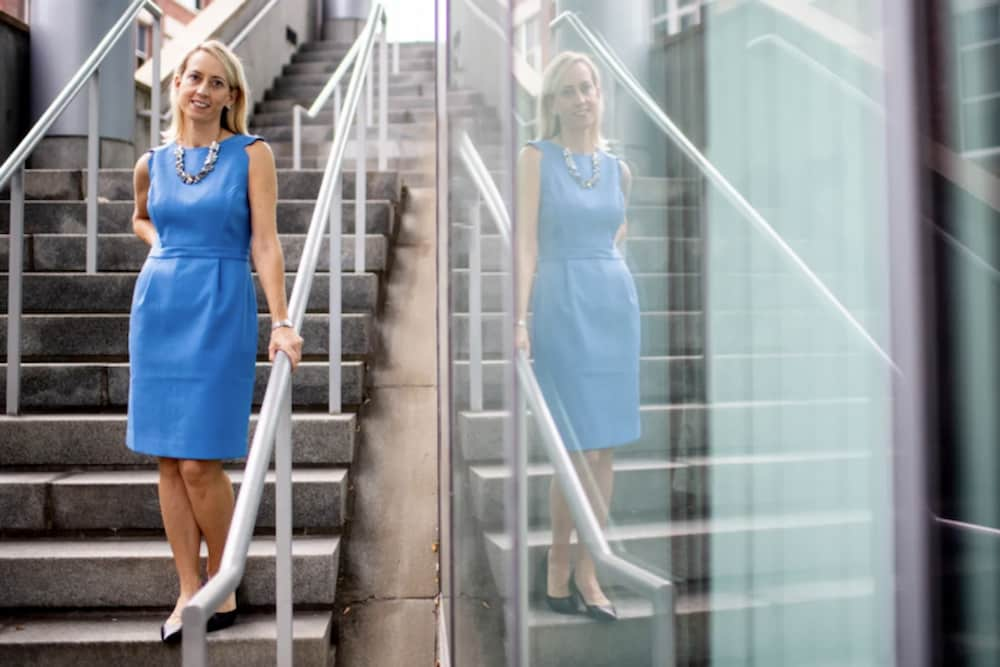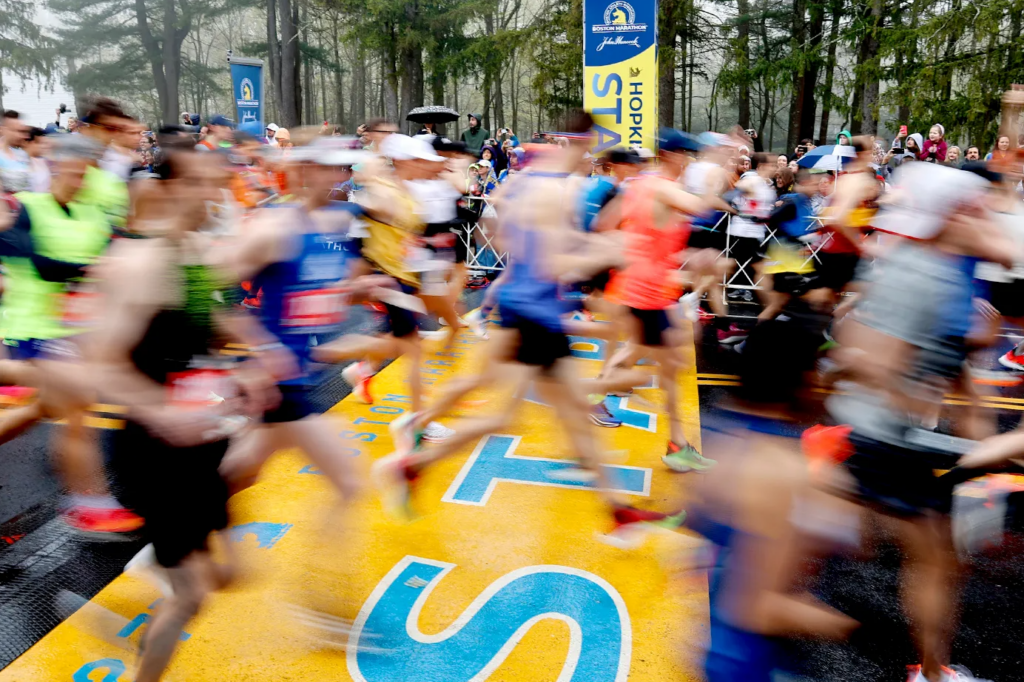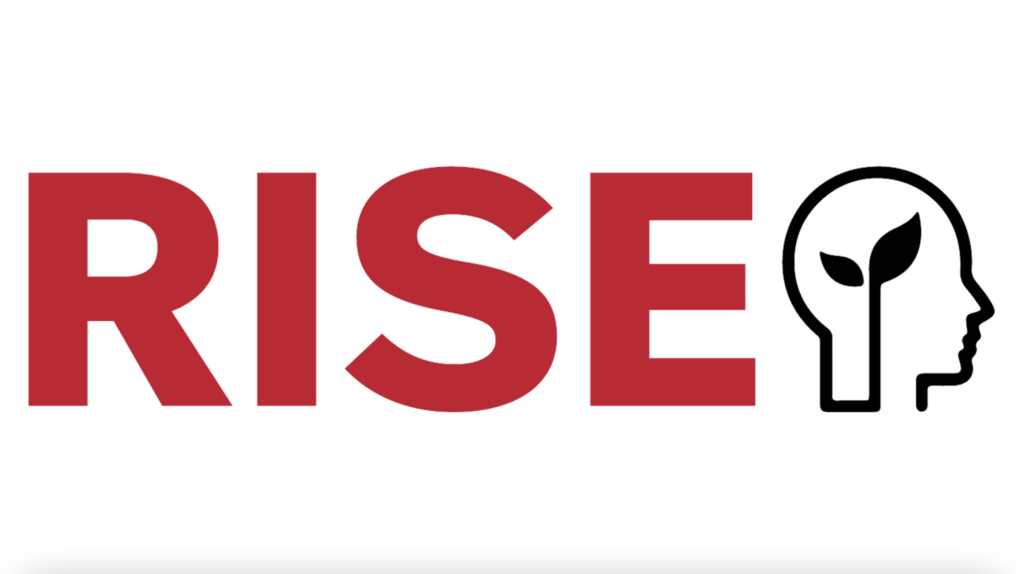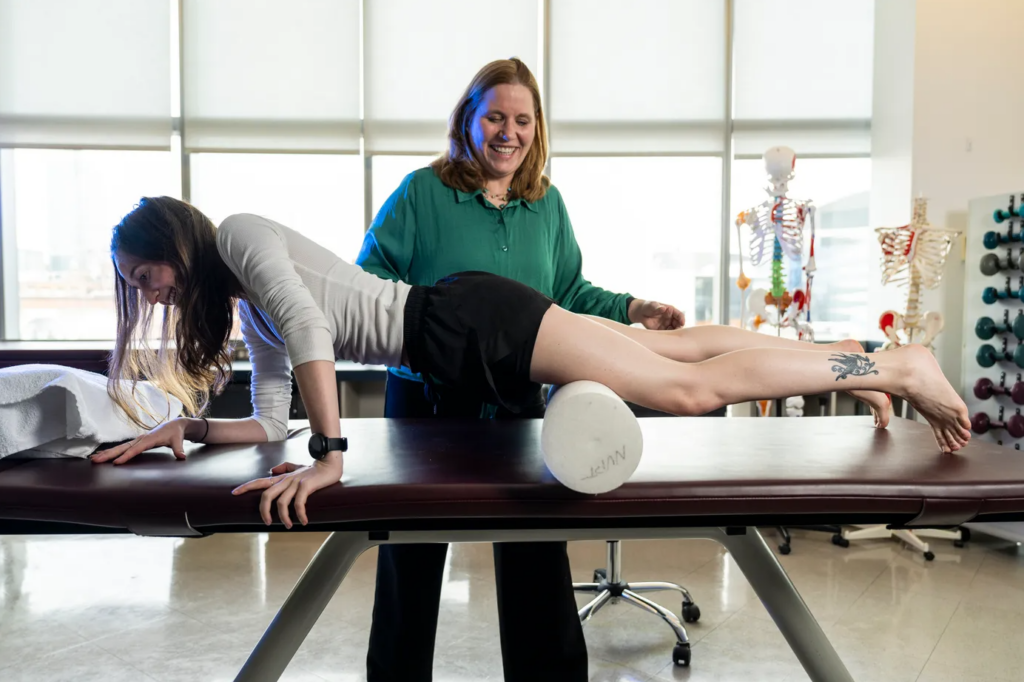If you’ve ever left a movie theater and felt like your ears had taken a beating, you’re not imagining things.
The level of noise exposure that one experiences in a movie theater is relatively high and could actually cause hearing damage, says Dr. Nicole Laffan, assistant clinical professor in the Department of Communication Sciences and Disorders at Northeastern. What’s more, depending on the film, this damage can occur after just one movie.
“I find they’re getting louder and louder. The trailers at the beginning seem to be much louder than they were in the past,” Laffan says. “I’m concerned about the consumers not having awareness of the possible damage.”
There is data to support Laffan’s concerns. According to the National Institute on Deafness and Other Communication Disorders, movie theater noise levels are comparable to some of the louder events we may experience in life. Movie theaters range from 74 to 104 decibels, which is louder than normal conversation (60–70 decibels), but similar to motorcycles and dirt bikes (80–110), or music playing through headphones at top volume (94–110).

Depending on the length of the movie, the higher end of the movie theater decibel range could be unsafe. Noise “doses” are measured by both noise level and the length of exposure, Laffan says. For 85 decibels, eight hours or less is safe. But at just three decibels higher, the limit drops to four hours. At 91, it drops to two. And if a movie reaches 100 decibels, it can cause hearing damage after only 15 minutes.
It is beyond these limits when the hair cells in the inner ear start to become damaged. This can cause temporary effects, Laffan says. After attending a concert, for example, a person may experience minor hearing loss and tinnitus that improves after a day or two. But over time and with repeated exposure, the damage becomes permanent. While the progression of hearing loss varies from person to person, Laffan says, noise-induced hearing damage involves hearing loss, tinnitus, distortion of sound and hypersensitivity to sound.
It also impacts one’s ability to hear certain speech sounds. Laffan says that when someone has trouble hearing frequencies between 3,000 and 4,000 Hertz, that’s a clear indication that they have noise-exposure-related hearing loss. At that point, “there are some speech sounds that would be impacted,” she says. “For example, an individual would have a difficult time hearing the sound that the letter ‘s’ makes, that the letter ‘f’ makes, that the ‘th’ sound makes.”
This damage is more common than one might think: According to the CDC, 17% of adults have hearing loss that is caused by noise alone.
The CDC also reports that 12.5% of children have noise-induced hearing damage, and movie theaters may be part of the problem. Lee Ann Burdick, director of the Russell J. Call Children’s Center at Northeastern, says she hears parents complain about the noise level at movie theaters. “If it’s loud for us, can you imagine how their little ears are doing?” Burdick says.
Noisy theaters can also affect some children more than others. “I think that something that movie theaters need to consider is children with sensory issues and sensory processing issues,” Burdick says. “It’s not very accommodating to those children with sensory needs.”
AMC Theaters does offer sensory-friendly film screenings, where the lights are turned up and the volume is turned down in order to accommodate those with sensory issues.
“Individuals need to become knowledgeable themselves on sound levels and what’s safe and what’s not."
Most moviegoers go to standard screenings, though, and may experience the negative effects of the noise exposure. To address this, Laffan stresses that everyone should learn to reduce their volume and exposure time to protect themselves before they start to develop symptoms of hearing loss.
One option to help curb the damage is ear protection. Custom earplugs offer comfortable and effective hearing protection, and, when used correctly, the spongy earplugs that are for sale in pharmacies can be effective as well.
There are technological options to help lower noise exposure as well. Phones offer options to put a cap on the decibel level of music, and there are free apps that turn your phone into a decibel level meter. Laffan says that when using these tools to measure the noises in our everyday lives, we may be surprised by the noise damage we may be experiencing.
“You’ll be in awe” of how loud it can be, she says. “Oftentimes we get accustomed to certain sounds in our environment and we think that it’s quiet, but everything does make sound.”
Ultimately, Laffan says, awareness of the impact of noise on long-term hearing is key. “Individuals need to become knowledgeable themselves on sound levels and what’s safe and what’s not,” she says.
For media inquiries, please contact [email protected].
This post was originally published on News @ Northeastern by Jessica Taylor Price.




